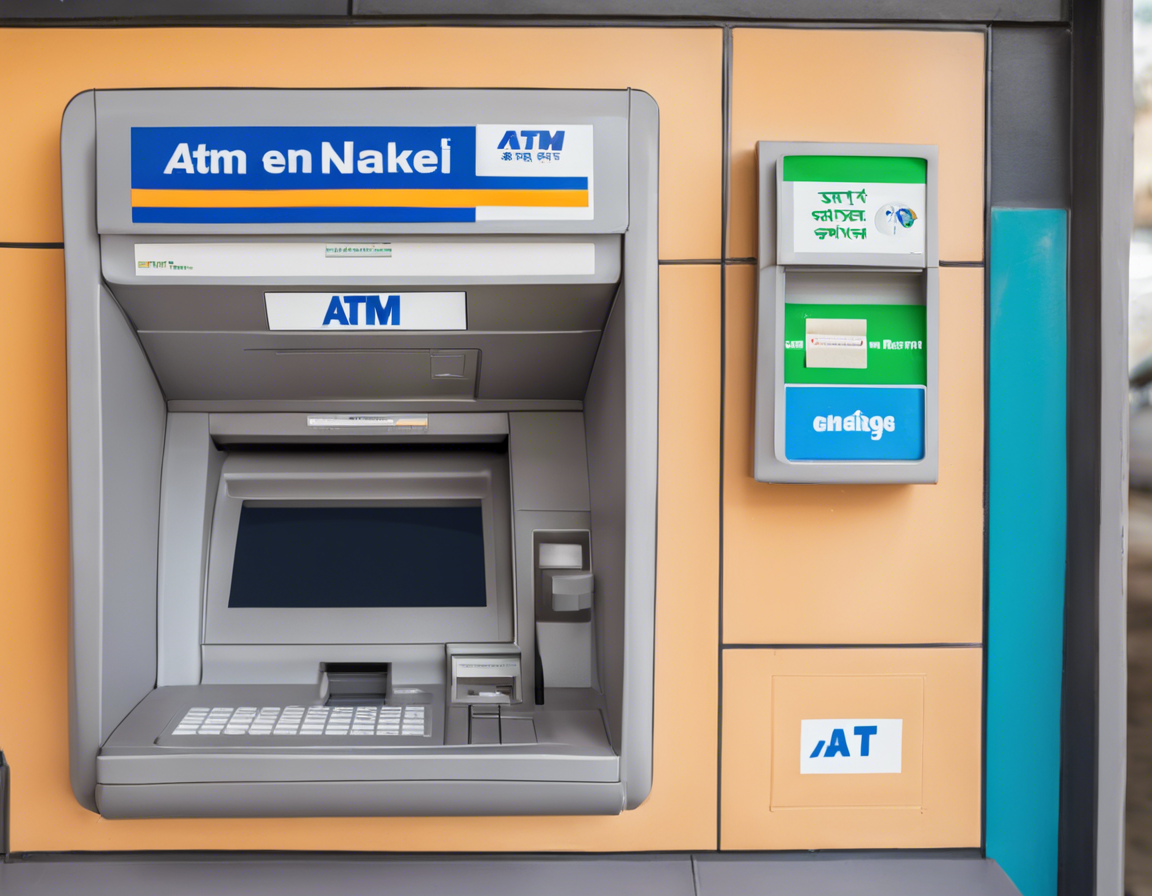Withdrawing money from an Automated Teller Machine (ATM) has become a routine part of our financial transactions. It offers convenience and accessibility for individuals to access their funds at any time. However, for some, especially first-time users or those unfamiliar with the process, it can be a bit daunting. This comprehensive guide will walk you through the steps involved in withdrawing money from an ATM, detailing the various aspects to consider to ensure a smooth and successful transaction.
Understanding the Basics of ATMs
Automated Teller Machines (ATMs) are electronic banking outlets that allow customers to perform basic transactions, such as withdrawing cash, checking account balances, and transferring funds between accounts. ATMs are typically available 24/7, making them a convenient option for accessing cash compared to visiting a physical bank branch.
Locating an ATM
Before you can withdraw money from an ATM, you need to locate one. ATMs can be found in various locations, including bank branches, standalone kiosks, shopping malls, airports, and convenience stores. Most banks have ATM locators on their websites or mobile apps that can help you find the closest ATM to your current location.
Steps to Withdraw Money from an ATM
1. Insert Your Card
The first step is to insert your debit or ATM card into the card slot on the machine. Ensure that the card is inserted with the chip facing up or the magnetic stripe facing down, depending on the type of card and ATM.
2. Enter Your PIN
Once the machine reads your card, you will be prompted to enter your Personal Identification Number (PIN). This is a security measure to verify that you are the authorized cardholder. Carefully enter your PIN using the keypad provided on the ATM.
3. Select “Withdrawal” Option
After entering your PIN, the ATM will display a menu of options. Select the “Withdrawal” or “Cash Withdrawal” option to indicate that you want to take out money from your account.
4. Choose the Account and Amount
The next step is to choose the account from which you want to withdraw funds. If you have multiple accounts linked to your card, the ATM will prompt you to select the desired account. Then, enter the amount of money you wish to withdraw.
5. Collect Your Cash
Once you have confirmed the amount, the ATM will process your request and dispense the cash. Be sure to remove your cash promptly and any receipts the machine may offer.
6. End Your Transaction
After collecting your cash and any receipts, you can choose to end your transaction or perform additional transactions, such as checking your balance or making a deposit.
Tips for a Successful ATM Transaction
- Memorize your PIN and do not share it with anyone.
- Be cautious of your surroundings and shield your PIN when entering it.
- Check the ATM for any unusual devices or signs of tampering before use.
- Keep a record of your transactions and verify them against your bank statements.
- Report any issues or discrepancies with the ATM or your transaction to your bank promptly.
Frequently Asked Questions (FAQs)
1. Can I withdraw money from any ATM using my debit card?
While most debit cards can be used at any ATM, there may be fees associated with using machines outside of your bank’s network. Check with your bank to understand any potential charges.
2. What should I do if an ATM does not dispense cash but deducts money from my account?
If you experience this issue, immediately contact your bank and provide details of the transaction, including the ATM location and time. They will investigate the matter and ensure that your account is credited accordingly.
3. Is there a limit on the amount of money I can withdraw from an ATM?
Banks typically impose daily withdrawal limits on ATM transactions for security reasons. You can check with your bank to find out your specific limit and request any necessary adjustments.
4. Can I use my credit card to withdraw cash from an ATM?
Yes, you can use some credit cards to withdraw cash from ATMs, but be aware that this transaction may incur cash advance fees and higher interest rates compared to regular credit card purchases.
5. What should I do if my card gets stuck in the ATM?
If your card gets stuck in the ATM, do not leave. Contact your bank immediately using their customer service hotline or visit a nearby bank branch for assistance in retrieving your card.
Conclusion
Withdrawing money from an ATM is a straightforward process that can be completed in a few simple steps. By understanding the basics of using an ATM, following security protocols, and knowing what to do in case of issues, you can navigate ATM transactions with ease and confidence. Remember to keep your PIN secure, be vigilant when using ATMs, and report any concerns to your bank promptly for a seamless banking experience.
